Understanding Induction Aluminum Melting Furnaces
Induction Aluminum Melting Furnaces serve as specialized heating devices utilized for melting aluminum and its alloys in various casting processes. These furnaces are particularly suitable for industrial applications requiring precise control and high efficiency through the use of electromagnetic induction heating. The fundamental principle behind these furnaces lies in electromagnetic induction, where an alternating electromagnetic field is created within a coil of conductive material like copper, inducing eddy currents in the metal to be melted. These currents result in resistive heating, leading to the melting of aluminum or its alloys for casting and forming purposes.
This technology is highly preferred in aluminum product manufacturing due to its ability to rapidly and uniformly heat the metal. Moreover, it is energy-efficient, offering a cost-effective solution for manufacturers. Induction Aluminum Melting Furnaces find utility across small-scale operations in foundries or workshops as well as in large industrial settings requiring bulk melting.
These furnaces are specifically designed to accommodate the unique characteristics of aluminum and its alloys, such as their low melting point and excellent thermal conductivity. By utilizing an Induction Aluminum Melting Furnace, not only does the production process accelerate, but it also ensures a clean and safe working environment compared to traditional metal heating methods.
Varieties of Induction Aluminum Melting Furnaces
Induction melting furnaces come in diverse designs to cater to various melting requirements and capacities. Some common types include:
-
Coreless Induction Furnace: This type can melt without a crucible, facilitating a clean melting process suitable for small metal quantities, often used in laboratories or small workshops.
-
Crucible Induction Furnace: Utilizing a crucible to hold the metal charge, this type is ideal for melting smaller metal amounts and is popular in jewelry making and small-scale casting.
-
Hydraulic Tilting Induction Furnace: These furnaces feature a tilting crucible for easy pouring of molten metal, commonly found in foundries requiring quick access to molten metal.
-
Pump Induction Furnace: Also known as a channel furnace, this type incorporates a pump for circulation, inducing significant stirring action beneficial for homogenizing alloys.
-
Top-Loading Induction Furnace: Material is loaded from the top using a lift mechanism or by tilting the furnace, often used for larger batches in industrial settings.
Factors to Consider When Selecting an Induction Aluminum Melting Furnace
Choosing the appropriate induction aluminum melting furnace is critical for businesses seeking to optimize their casting processes. When making this decision on Alibaba.com, take into account factors such as:
-
Capacity and Volume: Align the furnace size with the regular aluminum melting quantity. Larger furnaces offer higher productivity but may entail increased energy consumption and maintenance costs.
-
Energy Efficiency: Opt for furnaces with high energy efficiency ratings to reduce long-term operational costs.
-
Alloy Compatibility: Ensure the furnace can melt the specific alloys you work with, some furnaces are tailored for processing particular scrap types or mixing multiple alloys.
-
Control System Precision: A PLC-based control system with a user-friendly interface enhances the melting process management.
-
Material Quality: Determine if a holding furnace or a melting furnace is needed. Holding furnaces sustain molten metal temperature for extended periods, crucial for certain casting processes.
-
After-Sales Service: Opt for suppliers offering comprehensive after-sales services like online and video technical support to ensure furnace efficiency.
By thoroughly evaluating these aspects against your production requirements and budget constraints, you can make an informed choice when procuring an induction aluminum melting furnace from Alibaba.com.
Induction Aluminum Melting Furnaces on Alibaba.com
Alibaba.com serves as a global marketplace connecting buyers with suppliers offering a wide range of induction aluminum melting furnaces. The platform's extensive network enables businesses to find a suitable furnace meeting their industrial needs without compromising on quality or performance. Whether you require a portable unit for on-site work in construction or a high-capacity furnace with advanced features for manufacturing plants, Alibaba.com grants access to suppliers offering products tailored to diverse requirements.
With over two decades of experience in e-commerce trade solutions, Alibaba.com is a reliable platform where businesses can confidently source industrial equipment from verified global suppliers. The user-friendly interface allows direct communication between buyers and suppliers to discuss customization options or after-sales services, ensuring each product meets exact specifications.
Alibaba.com's commitment to empowering small and medium-sized businesses is evident through tailored trade solutions simplifying global commerce. Services like Trade Assurance safeguard transactions, providing buyers peace of mind when purchasing induction aluminum melting furnaces via this robust online marketplace.
Frequently Asked Questions about Induction Aluminum Melting Furnaces
Principle of Induction Melting Furnaces
Induction melting furnaces operate by using electromagnetic induction to heat a conductive material until it reaches its melting point, enabling casting or material modification processes.
Difference Between Induction Furnaces and Other Melting Furnaces
Induction furnaces differ from traditional ones as they utilize electromagnetic induction for heating materials, offering higher efficiency and precision compared to fuel or heating element-dependent furnaces.
Advantages of Induction Aluminum Melting Furnaces over Gas-Fired Furnaces
Induction aluminum melting furnaces provide precise temperature control, high energy efficiency, and a cleaner melting process, offering advantages in terms of cost and performance over gas-fired furnaces.
Usage of Induction Furnaces for Melting Metals Besides Aluminum
Induction furnaces can melt various metals including iron, steel, copper, and aluminum alloys, among others.
Considerations for Choosing an Induction Furnace for Business
When selecting an induction furnace, consider the metal type, required temperature range, energy efficiency, maintenance ease, and available after-sales support.
Customization of Induction Aluminum Melting Furnaces
Many suppliers offer customization options for induction aluminum melting furnaces to meet specific business needs such as voltage adjustments, capacity modifications, or additional features.
Determining the Right Size of an Induction Aluminum Melting Furnace
Assess the material volume requiring melting and the desired melting speed to determine the suitable furnace size and capacity.
Maintenance Requirements for Induction Aluminum Melting Furnaces
Maintenance for induction aluminum melting furnaces includes routine checks on heating elements, cooling systems, and internal material quality, with suppliers often providing specific maintenance guidelines.
After-Sales Services Associated with Induction Aluminum Melting Furnaces
After-sales services for these furnaces may include online support, video technical assistance, and field maintenance and repair services, though availability can vary by supplier.
Impact of Core Components on Induction Aluminum Melting Furnace Performance
The quality of core components like PLCs, motors, and gearboxes significantly influences the performance and durability of an induction aluminum melting furnace.
Integration of Induction Aluminum Melting Furnaces into Existing Production Lines
Many induction aluminum melting furnaces can be seamlessly integrated into current production lines, emphasizing the importance of selecting a model that aligns with existing setups in terms of capacity and performance.






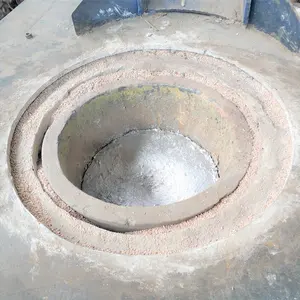








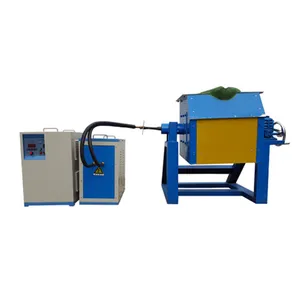
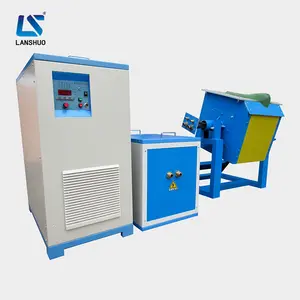
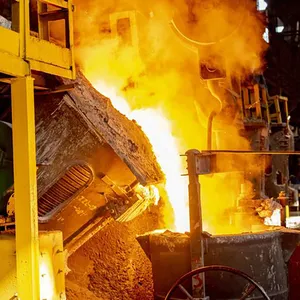
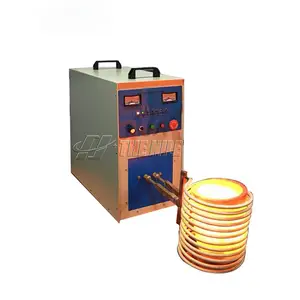








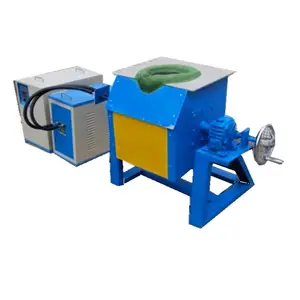



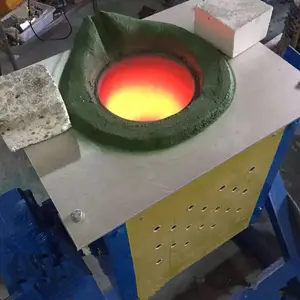




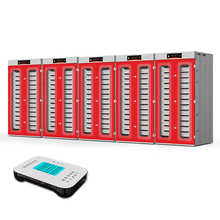




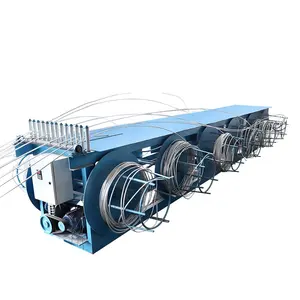

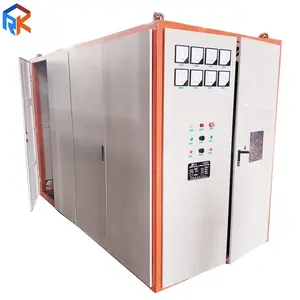
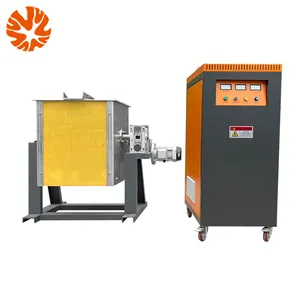
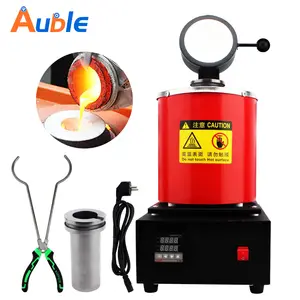
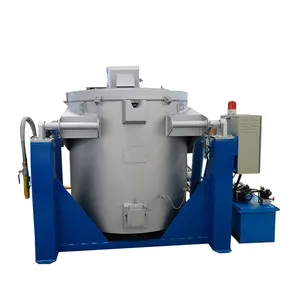
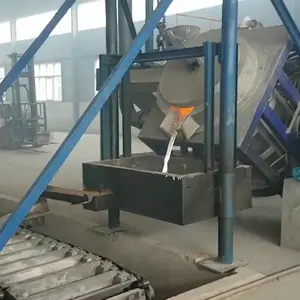




























 浙公网安备 33010002000092号
浙公网安备 33010002000092号 浙B2-20120091-4
浙B2-20120091-4